
In Shinto religion, the gods reside in all things, but there are natural
places considered to have an unusually sacred spirit about them, and
are objects of worship. They are frequently mountains, trees, unusual
rocks, rivers, waterfalls, and other natural edifices. The idea of
symbiosis with nature, of course, had strongly resided in the everyday
life of the locals in Mt. Daisen in Tottori prefecture of Japan.
When we talk about Mt. Daisen, we are apt to adore the majestic view
and nature of the mountain, but if we take a closer look, we can also
find tranquil rural scenery of traditional Japan. It is the sustainable human community in harmony with nature. You will find different culture here in rural Japan from a big cities like Tokyo and Osaka.Next, we would like to introduce some places off the map, where people are focused on their every day life, rather than making tourists happy.
Mitsukue 御机
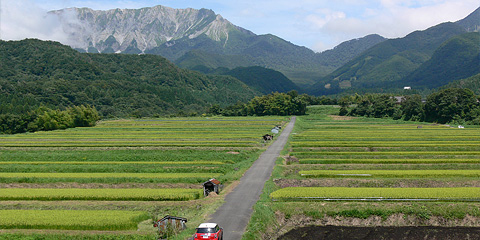
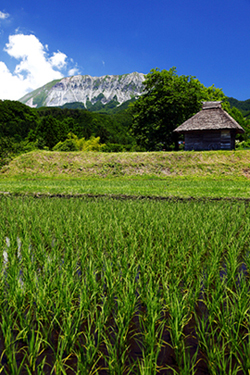
Mitsukue (御机) is known for its beautiful terrace field. Its picturesque view has attracted many photographers. Mitsukue changes its look according to seasons; rice planting in early-summer, rice ears in autumn, sun drying of rice straws after harvest.
Kitanizawa 木谷沢
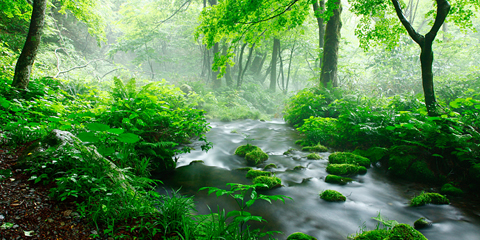
Only 300 steps from Ever Land Okudaisen will
lead you to Kitanizawa mountain stream. The stream comes from the beech
forests of Mt. Daisen. The view of the clear stream is sure to wash away
daily stresses and strains.Kitanizawa (木谷沢) http://www.houki-town.jp/p/15/2/1/65/
Katorimura 香取村
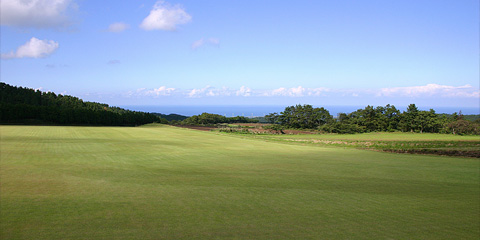
After WW2, settlers back from Manchuria moved to
Katorimura (香取村) and started clearing land to build their dairyland in a
harsh climate.Lawn cultivation is popular in this village. It gives the landscape unique view.
Mihonoseki 美保関
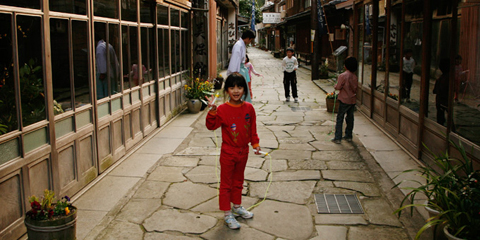
Mihonoseki is an unspoiled nostalgic fishing village on the edge of Shimane Peninsula. It is a historic small village that includes Miho Shrine, the head shrine of all Ebisu gods in Japan, and the oldest lighthouse in Sanin, Mihonoseki lighthouse. The Aoishidatami Street (the blue-stone-paved street), which leads from Miho Shrine to Bukkoku Temple preserves traditional houses. Mihonoseki (美保関) http://www.houki-town.jp/p/15/2/5/4/
Posted by Pang Wea Kiat (A13A1028)

No comments:
Post a Comment